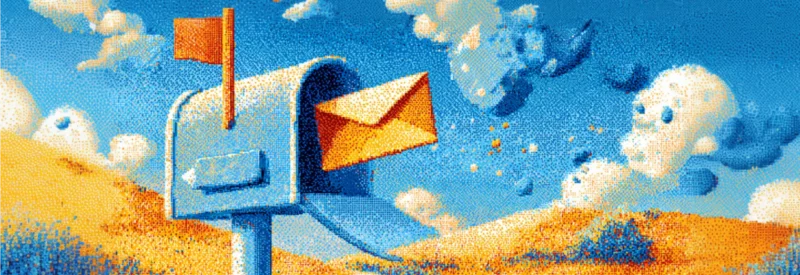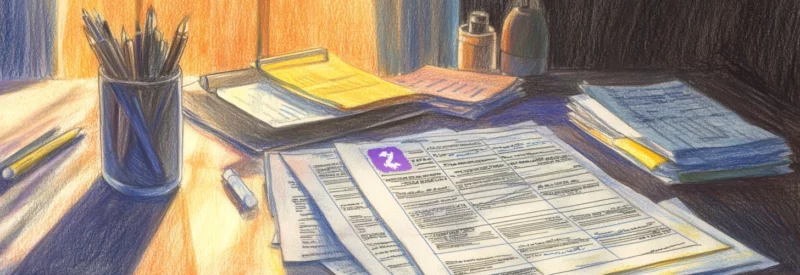Here you’ll find a collection of articles exploring a wide variety of business topics. May it be from breaking down a merchant agreement to going into depth about your business credit score, we aim to educate and inform our readers on all things business so that they can make the best decisions for their companies.
So whether you’re just starting out or you’re a seasoned veteran, we hope you’ll find something useful in our articles. If you’re not sure where to start, check out our blog. There’s a lot to learn when it comes to running a business, but luckily we’re here to help. Stay tuned for more great content on all things business!









